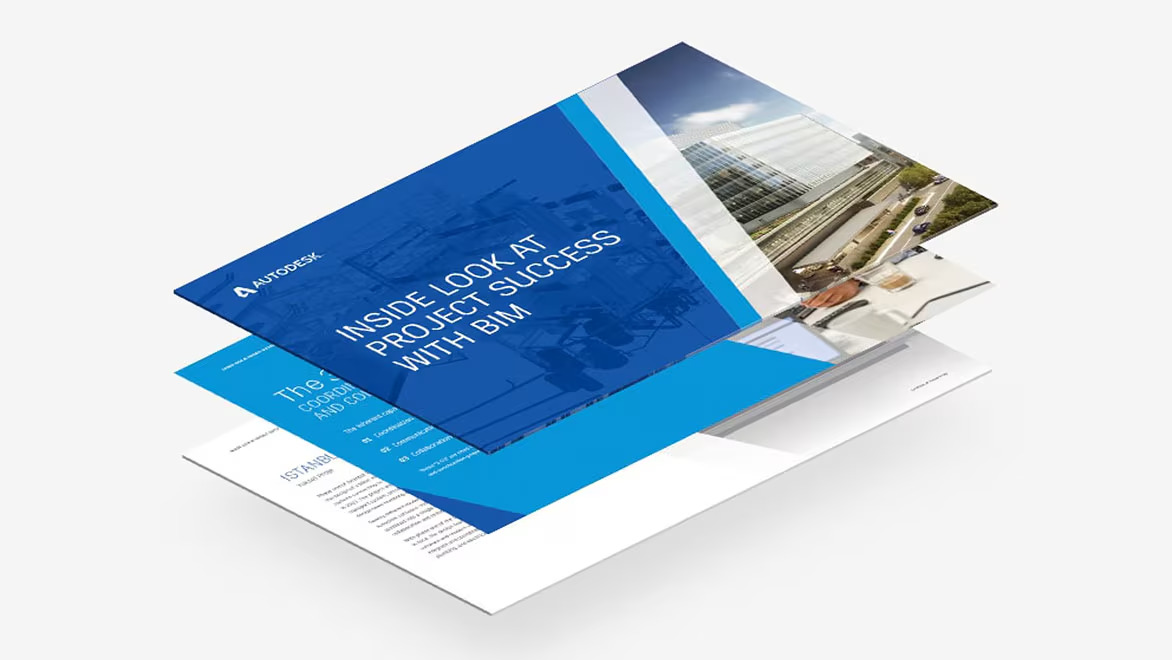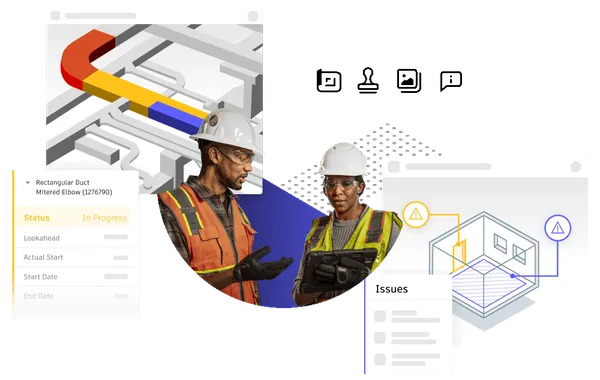- Home
- Articles
- Architectural Portfolio
- Architectral Presentation
- Inspirational Stories
- Architecture News
- Visualization
- BIM Industry
- Facade Design
- Parametric Design
- Career
- Landscape Architecture
- Construction
- Artificial Intelligence
- Sketching
- Design Softwares
- Diagrams
- Writing
- Architectural Tips
- Sustainability
- Courses
- Concept
- Technology
- History & Heritage
- Future of Architecture
- Guides & How-To
- Art & Culture
- Projects
- Interior Design
- Competitions
- Jobs
- Store
- Tools
- More
- Home
- Articles
- Architectural Portfolio
- Architectral Presentation
- Inspirational Stories
- Architecture News
- Visualization
- BIM Industry
- Facade Design
- Parametric Design
- Career
- Landscape Architecture
- Construction
- Artificial Intelligence
- Sketching
- Design Softwares
- Diagrams
- Writing
- Architectural Tips
- Sustainability
- Courses
- Concept
- Technology
- History & Heritage
- Future of Architecture
- Guides & How-To
- Art & Culture
- Projects
- Interior Design
- Competitions
- Jobs
- Store
- Tools
- More
Exploring the Benefits of BIM in Construction Management for Efficient Project Delivery
Discover the transformative impact of Building Information Modeling (BIM) in construction management. From enhancing collaboration and reducing errors to boosting efficiency and supporting sustainable practices, learn how BIM revolutionizes project planning, design, and execution while overcoming industry challenges for optimal results.

The construction industry is evolving rapidly, and staying ahead means embracing innovative tools that streamline processes and enhance efficiency. One such game-changer is Building Information Modeling (BIM), a digital approach that’s transforming how we plan, design, and manage construction projects. It’s not just a tool; it’s a smarter way to bring projects to life.
By integrating data and collaboration into a single platform, BIM helps us reduce errors, save time, and cut costs. From improving communication among teams to optimizing resource allocation, its benefits are reshaping construction management as we know it. As the demand for smarter, faster, and more sustainable construction grows, understanding BIM’s potential is no longer optional—it’s essential.
In this article, we’ll explore how BIM is revolutionizing the construction landscape and why it’s become an indispensable asset for modern project management. Let’s dive into the advantages that make it a must-have for the future of construction.

Table of Contents
ToggleUnderstanding BIM in Construction Management
BIM, or Building Information Modeling, is transforming how construction projects are conceptualized, designed, and managed. It integrates technology and processes to improve collaboration, efficiency, and project outcomes.

What Is BIM?
BIM is a digital technique that creates a centralized, data-rich model to represent physical and functional characteristics of a building. This model serves as a shared knowledge resource for stakeholders, facilitating informed decision-making throughout a project’s lifecycle. Unlike traditional 2D drawings, BIM’s 3D models offer detailed geometry, spatial relationships, material specifications, and performance metrics.
Using BIM enhances visualization, enabling stakeholders to comprehend designs better. For example, during the pre-construction phase, architects and engineers can detect conflicts like overlapping systems or design discrepancies before physical work begins, saving time and costs. The integration of real-time data also supports project tracking and resource allocation while fostering transparency.
The Evolution of BIM in the Construction Industry
The adoption of BIM has grown significantly since its introduction in the 1970s when it was primarily used for design visualization. Technological advancements and the need for efficient construction practices have elevated BIM’s role, transforming it into an essential tool for project delivery.
We have witnessed BIM evolve from a design tool into a comprehensive construction management platform. Governments and industry leaders worldwide are now mandating its use for public and private infrastructure projects. For instance, the United Kingdom’s BIM Level 2 mandate in 2016 highlighted its importance in reducing waste and improving project efficiency. Similarly, firms use BIM in integrated project delivery (IPD) approaches to ensure seamless collaboration among architects, contractors, and clients.
Today, BIM encompasses advanced capabilities, including 4D scheduling, 5D cost estimation, and energy performance analysis. As sustainability gains prominence, BIM’s capacity to simulate environmental impacts and optimize sustainable designs has become invaluable for meeting green building certifications.
Key Benefits of BIM in Construction Management
BIM provides comprehensive advantages by streamlining workflows, improving coordination, and enhancing decision-making. These benefits are transforming how construction projects are executed.

Enhanced Collaboration and Communication
BIM fosters real-time collaboration by enabling all stakeholders to work on a unified model. Architects, engineers, and contractors access the same data, reducing misunderstandings and delays. For instance, clash detection tools in BIM identify design conflicts early, minimizing on-site disruptions. Centralized data sharing also improves coordination between project phases.
Improved Project Efficiency and Productivity
Integrating BIM into construction processes optimizes resource allocation and task scheduling. Automated quantity takeoffs and 4D scheduling enhance planning accuracy, reducing idle times during execution. Teams can analyze potential issues and scenarios virtually, ensuring smoother workflows. This results in higher productivity as duplicative efforts are minimized.
Cost and Time Savings
BIM reduces project costs and accelerates timelines through accurate planning and resource usage. Detecting design errors in the pre-construction stages avoids costly modifications later. For example, 5D modeling helps predict budgetary changes associated with design alterations. Consequently, BIM enables optimized project delivery within budget constraints.
How BIM Improves Decision-Making Processes
BIM enhances decision-making in construction management by providing a holistic, data-driven approach. It ensures that all stakeholders access accurate, real-time information, enabling informed choices at every project phase.

Accurate Visualization and Planning
BIM creates detailed 3D models that improve design understanding and project visualization. These models provide stakeholders with a comprehensive view of the building’s physical and functional aspects, ensuring alignment between teams during the planning phase. For example, architects, engineers, and contractors can collaboratively refine layouts, assess spatial relationships, and identify conflicts before construction begins. This proactive approach minimizes rework and supports better sequencing of project activities.
Risk Management and Error Reduction
BIM integrates clash detection tools and simulation capabilities to identify potential design or construction issues early. By detecting clashes between structural, mechanical, and electrical systems in advance, we can mitigate costly errors and delays. Additionally, BIM’s data-rich models support scenario analysis, allowing teams to evaluate risks and develop contingency plans effectively. For instance, alternative construction methods or material choices can be tested to address environmental constraints or budget limitations. This reduces uncertainty and fosters more confident decisions throughout the project lifecycle.
The Role of BIM in Sustainable Construction
BIM plays a critical role in advancing sustainable construction initiatives by integrating resource-efficient methods and environmentally conscious designs. It supports achieving sustainability goals by enhancing precision and promoting green building practices.

Environmental Impact Reduction
BIM reduces the environmental impact of construction projects through efficient resource management and waste minimization. By providing accurate material quantity estimates, it prevents overordering and minimizes material waste. Using tools like energy analysis simulations, BIM enables us to design structures with optimized energy performance, reducing carbon footprints during operation.
Additionally, BIM’s ability to evaluate construction methods allows teams to identify more environmentally friendly alternatives. For instance, it can simulate different scenarios to select low-impact materials or efficient logistics plans, which help cut emissions generated during the building process.
The Shift Towards Green Building Practices
BIM facilitates the adoption of green building practices by enabling data-driven decision-making aligned with sustainability certifications like LEED and BREEAM. Integrated models in BIM assess energy efficiency, water usage, and indoor environmental quality, guiding teams to meet green building standards.
Through lifecycle analysis tools, BIM allows us to examine a building’s environmental performance across its lifespan, supporting designs that prioritize long-term sustainability. For example, BIM incorporates renewable energy sources, passive design strategies, and resource recycling plans into early-stage designs, ensuring environmental benefits extend through the building’s use phase.
Challenges and Considerations in Adopting BIM
Adopting BIM brings transformative benefits to construction management, but it also presents unique challenges. Understanding these obstacles is essential to effectively integrate BIM into workflows and maximize its potential.

Implementation Costs
Initial expenses for BIM adoption can be significant. Purchasing software licenses, upgrading hardware, and integrating compatible systems often require substantial investment. For example, professional-grade BIM software like Autodesk Revit or ArchiCAD may cost several thousand dollars annually per user. Additionally, migrating existing data to BIM-compatible formats can incur extra costs. While operational savings and improved project outcomes can offset these upfront expenses, budgeting for these initial investments is critical for successful implementation.
Training and Skill Development Needs
Using BIM effectively demands specialized skills and knowledge. Team members need to learn software tools, understand BIM workflows, and interpret data-driven models. Comprehensive training programs for architects, engineers, and contractors take time and resources. For instance, advanced training on clash detection or 4D scheduling could add to project timelines. Organizations benefit by creating tailored training strategies and partnering with certified training providers to ensure teams quickly adapt to BIM technologies.
Conclusion
BIM stands out as a transformative tool in modern construction management, reshaping how we design, plan, and execute projects. Its ability to centralize data and foster collaboration has addressed long-standing challenges like communication gaps, resource inefficiencies, and project delays. By facilitating accurate visualization, clash detection, and real-time updates, BIM enhances decision-making and minimizes costly errors.
We recognize the significant value BIM contributes to sustainability and resource efficiency. Its integration into environmentally conscious designs and lifecycle analysis exemplifies its role in meeting green building standards while reducing waste and energy consumption. These capabilities align with the growing demand for sustainable construction solutions.
Despite an initial investment cost in terms of technology and training, the return on investment is evident in the long-term benefits of improved productivity, reduced risks, and streamlined workflows. By addressing these upfront challenges with strategic planning, we can unlock BIM’s full potential to revolutionize construction management across the industry.
- advantages of BIM in construction
- benefits of BIM
- BIM for improved efficiency
- BIM implementation strategies
- BIM in construction management
- BIM in project lifecycle
- BIM project management
- BIM software for construction
- BIM technology in construction
- Building Information Modeling
- construction innovation with BIM
- construction management tools
- construction planning with BIM
- construction project delivery
- cost reduction with BIM
- digital construction methods
- efficient construction management
- enhancing project delivery with BIM
- integrated construction solutions
- streamlining construction processes
Submit your architectural projects
Follow these steps for submission your project. Submission FormLatest Posts
BIM in Architecture: What You Need to Know for Smarter Building Design
Discover how Building Information Modeling (BIM) is transforming architecture with intelligent 3D...
The Future of Architecture: How the BIM Industry Is Changing Design and Construction
Explore how Building Information Modeling (BIM) is revolutionizing architecture with enhanced collaboration,...
How the BIM Industry is Transforming Modern Construction Practices for a Better Future
Discover how Building Information Modeling (BIM) is revolutionizing the construction industry by...
The Role of BIM in Revolutionizing Construction Projects: Improving Efficiency and Collaboration
Discover how Building Information Modeling (BIM) is revolutionizing the construction industry by...












Leave a comment